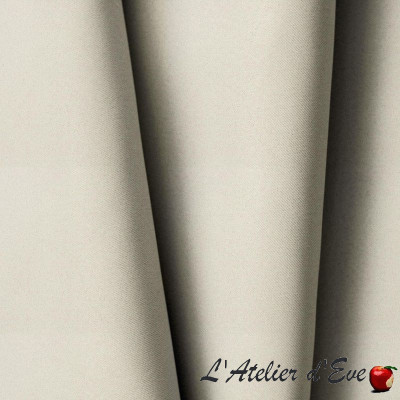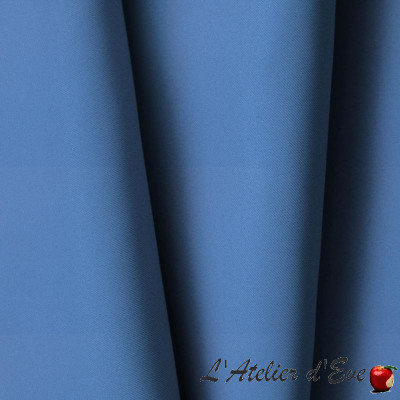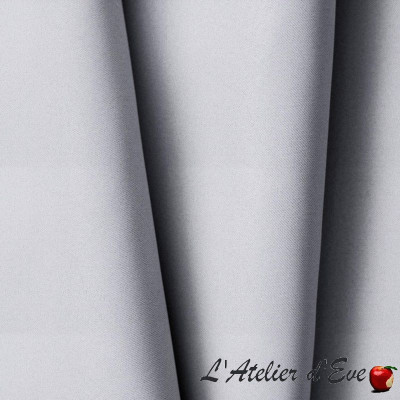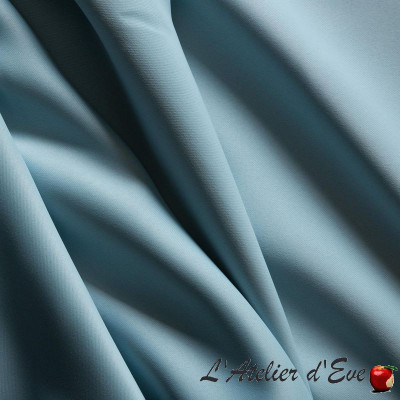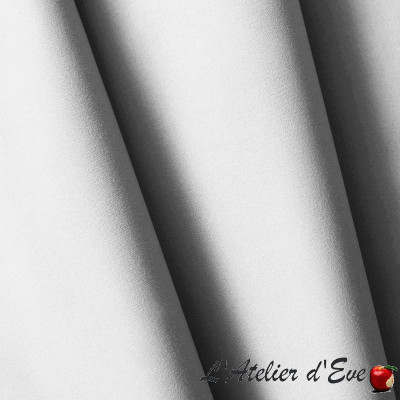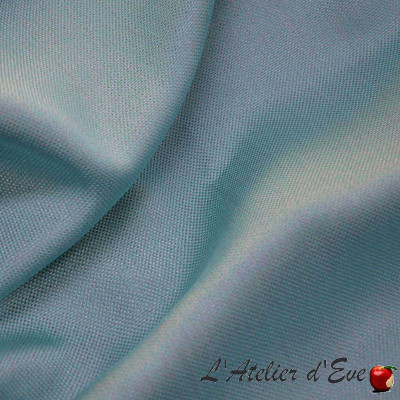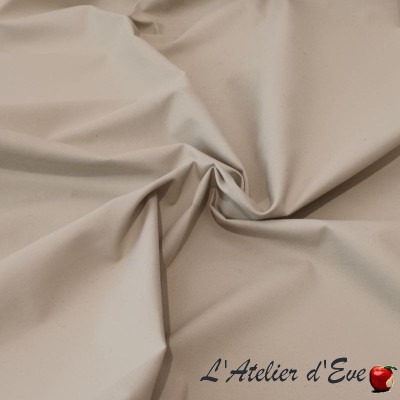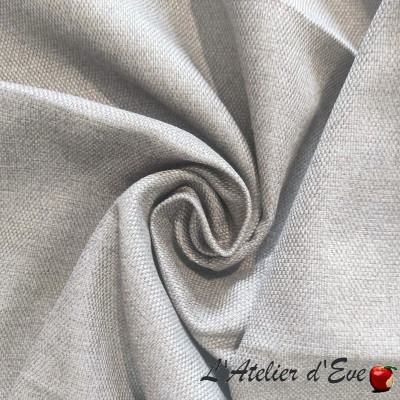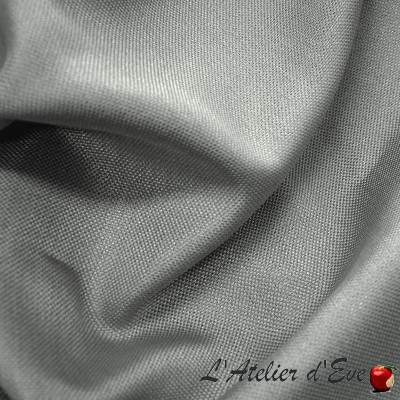Secure payment
- Français
- English

Non-fire Thermal Fabric
Thermal comfort
Thermal comfort refers to the feeling of well-being felt in an interior space.
- In the winter, good thermal comfort provides sufficient warmth.
- In the summer, it limits overheating by reducing the perceived heat.
Thermal conductivity
Thermal conductivity characterizes the ability of a material to transmit or block heat (heat energy).
- Conductive materials.: High conductivity (e.g. copper, aluminium) promotes the passage of heat.
- Insulating materials: Low conductivity (e.g. wood, polystyrene, air) allows better insulation against heat and cold.
To evaluate the insulating capacity of a fabric, and by extension of a curtain, it is necessary to analyze itsthermal resistance. This depends on several factors:
- The thickness and density of the material.
- The thermal conductivity of the components.
- The ability of the structure (armor) to retain air.
???? The higher the thermal resistance, the more insulating the fabric.
Heat transfer
Thermal radiation corresponds to the energy emitted in the form of electromagnetic radiation, as does the sun.
For curtains, three phenomena occur when solar radiation hits the fabric:
- Solar Transmission (Ts): Part of the rays that pass through the fabric.
- Low Ts = Better protection.
- Solar reflection (Rs): Share of rays returned by the fabric.
- Strong Rs = Good ability to reflect heat.
- Solar Absorption (As): Share of rays picked up by the fabric.
- Low Ace = Less heat retained by the fabric.
These three coefficients add up to form 100% of solar energy:
Ts + Rs + As = 100%.
Thermal Performance Factors
To evaluate the effectiveness of a curtain against solar radiation, two main indicators are used:
1.Total solar factor (Gtot)
It measures the solar energy that enters a room via a glazing + curtain installation.
- Example: A Gtot of 0.40 means that 40% of the solar energy passes through the facility, while 60% is blocked.
- A low Gtot indicates good thermal performance.
The GTOT calculation takes into account:
- The position of the curtain (inside, outside or between the glazings).
- The transmission, reflection and absorption properties of the tissue.
- The thermal characteristics of the glazing used (e.g. low emissivity double glazing).
2.Shade Change Factor (Fc)
It indicates the improvement provided by the curtain compared to glazing alone.
- Example: An Fc of 0.25 means that the curtain reduces the penetration of solar energy by 75%.
- A low Fc reflects better protection.
Formula:Fc = Gtot / gwhere,grepresents the energy permeability of the glazing.
Performance Influencing Settings
- Colour
- Light colours reflect sunlight better, while dark colours absorb it more.
- The thermal performance of a curtain therefore varies according to its colour.
- Aluminized surfaces
Aluminum is very effective at blocking heat radiation, regardless of the color of the fabric. This process is often integrated into curtains to ensure better insulation.
Conclusion
All these criteria are measured in accredited laboratory tests. You can consult the detailed thermal performance sheets for each reference, available on request.



